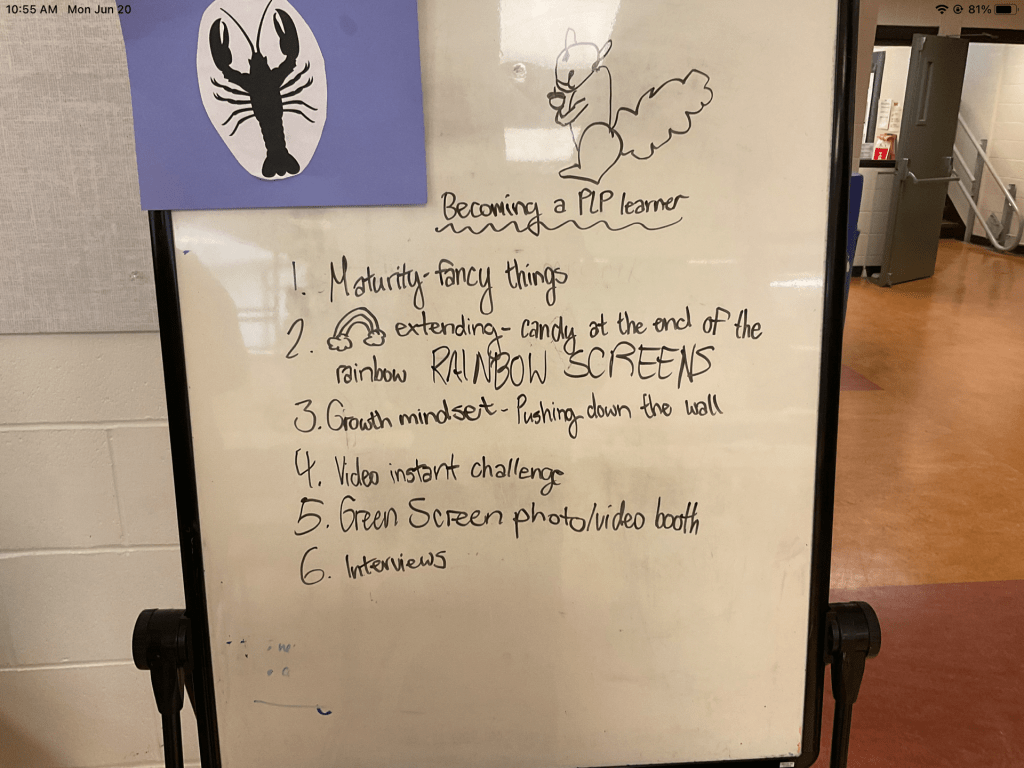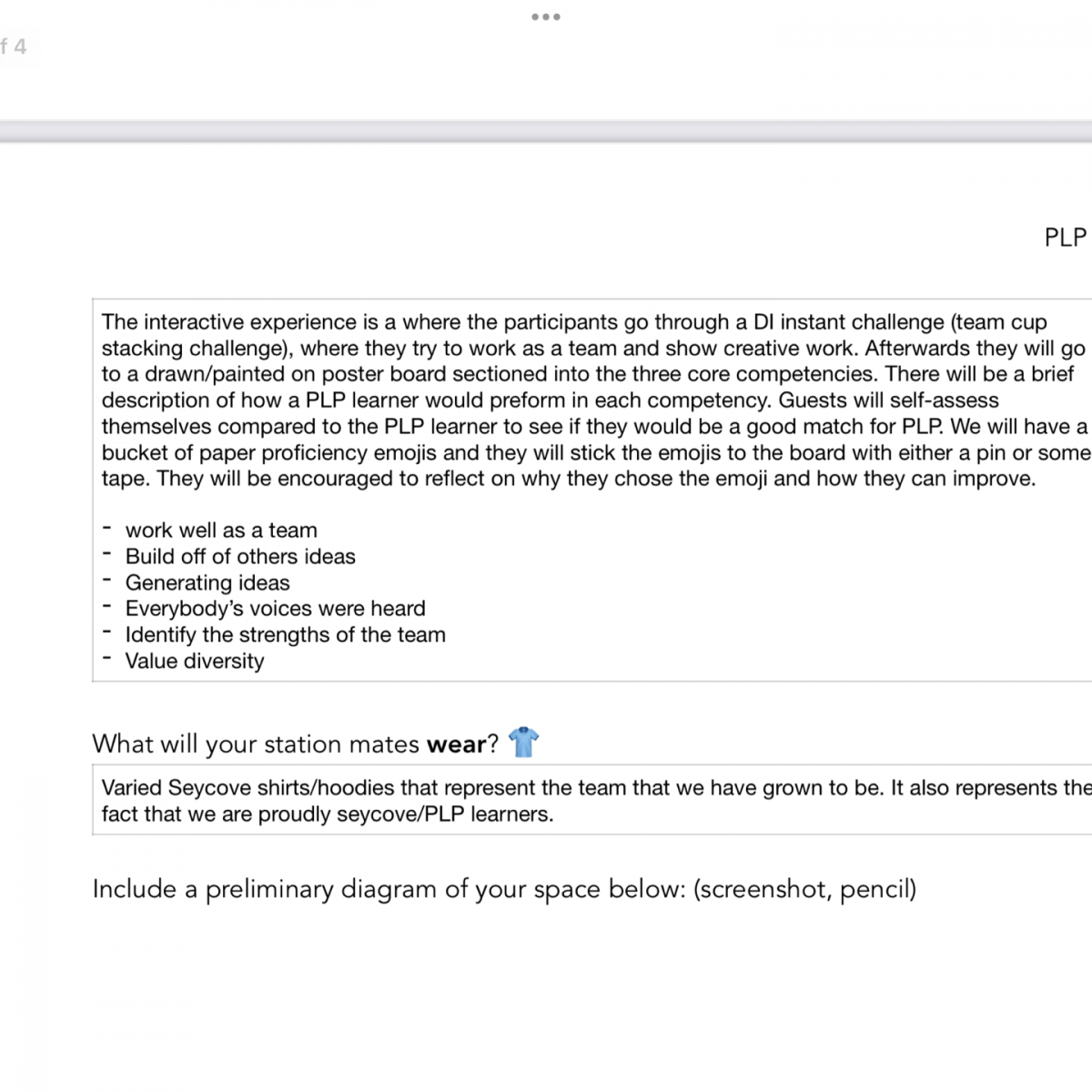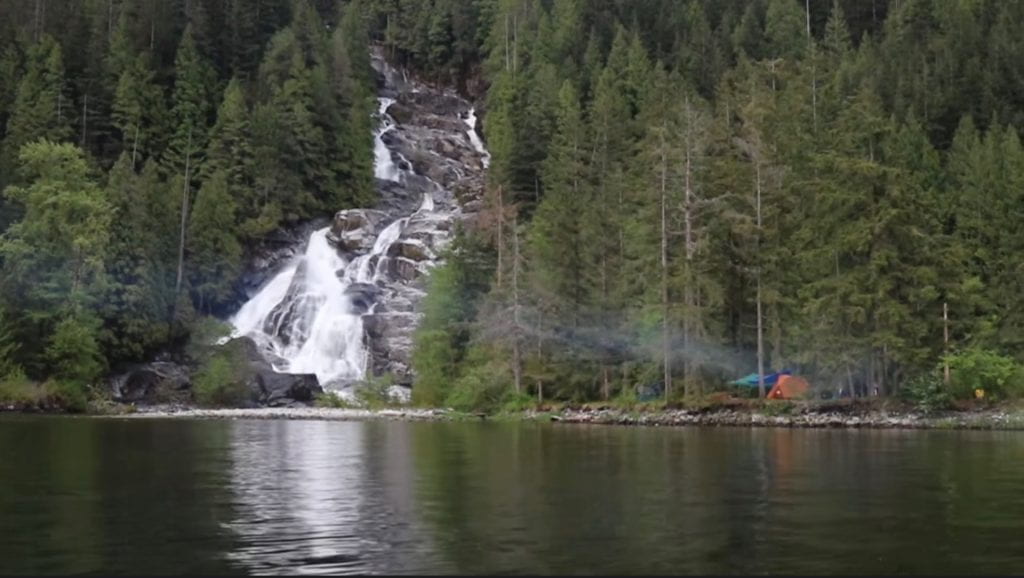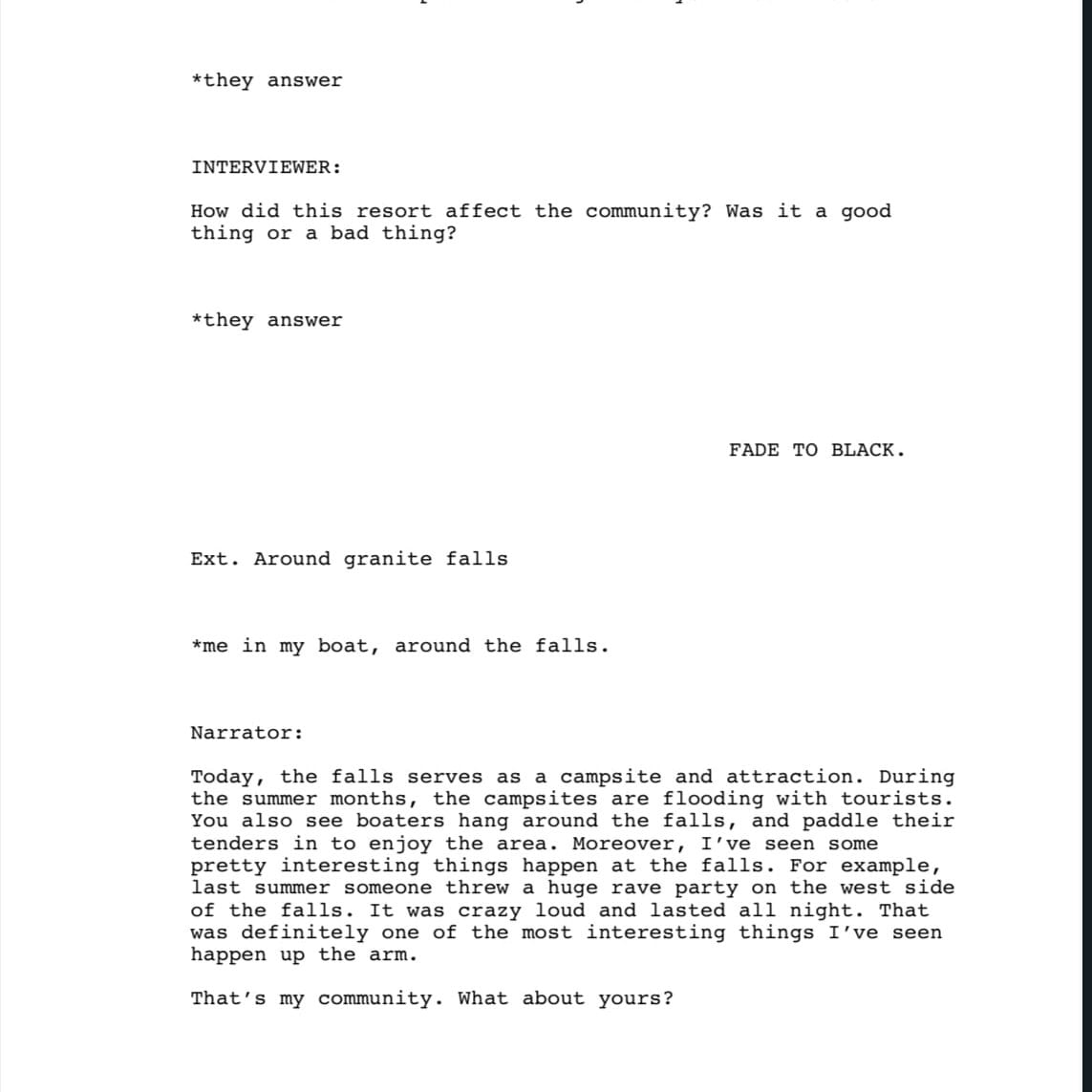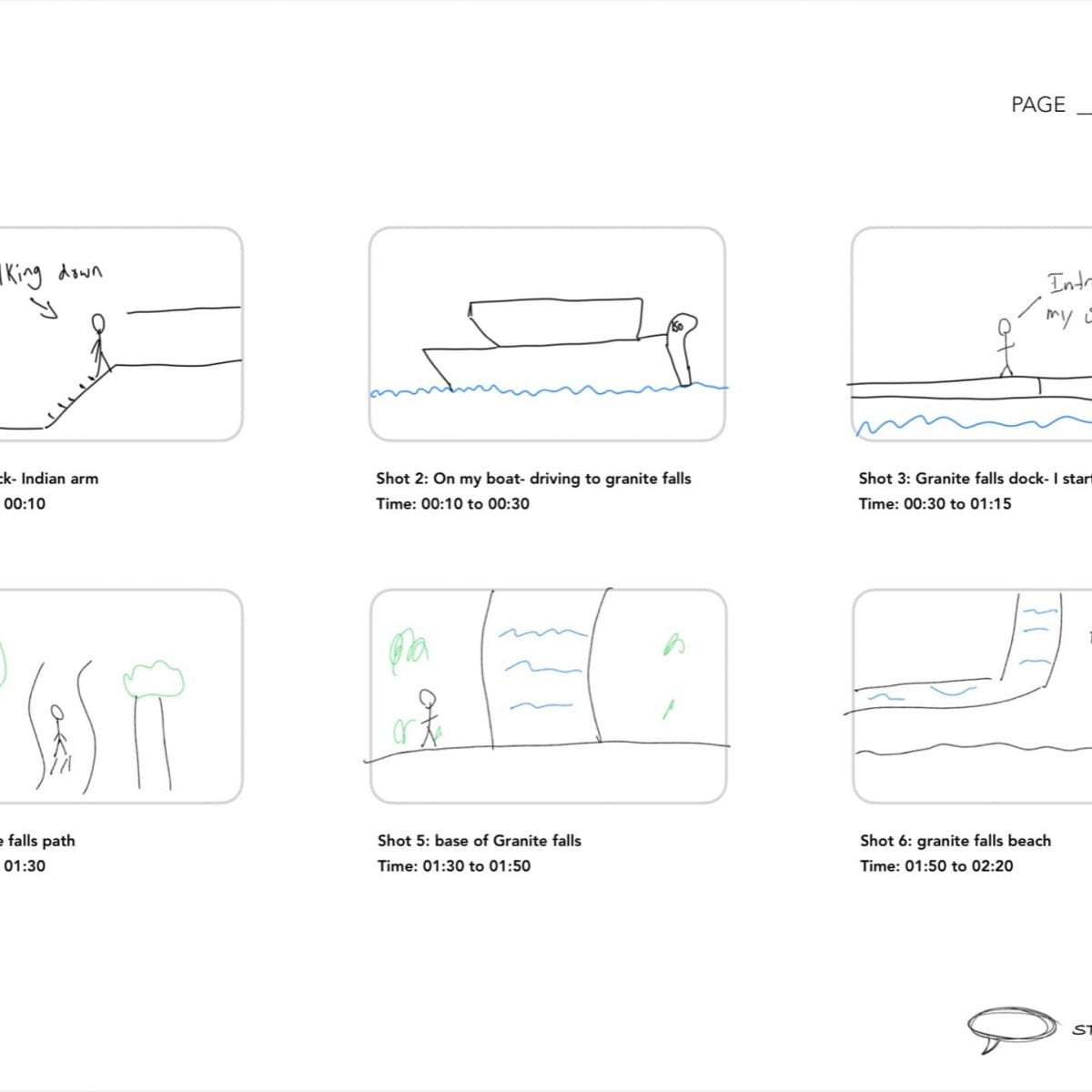Hello teachers and parents, and welcome to my TPOL. In this presentation, I’ll talk about my growth this year, and how I’m ready for grade 10. Moreover, I’ll talk about the core competencies, and how I’ve achieved on those this year.
The driving question is: “Why do you feel you are ready to advance to the next grade level?”.
I feel ready because I’ve grown a lot this year, and I’ve learned many key skills. For example, this year we learned about film, and how to conduct interviews. Furthermore, I learned about establishing historical significance, and learning about different point of views.
“Thank you for coming to my presentation of learning. I am the expert on my own learning. I am also responsible and accountable for my own learning. You can expect me to give an honest evaluation of my progress. We will discuss my strengths and opportunities for growth. Thank you in advance for listening and for offering feedback that I can use to improve as a learner.”
First, I’m going to talk about my growth in Scimatics.
Scimatics:
In Scimatics this year, we learned about many different topics. From exponents, to chemistry, to Rube Goldberg machines, to learning about reproduction. Moreover, I learned many different skills, such as working with others, communicating, and using time wisely.
The project that I struggled with the most had to be “game of exponent laws”. The math was tough to understand, and I found it difficult to work with my partner. Eventually, I understood the math by watching YouTube videos, and by asking Mr. gross. And as for the issues with my partner, I learned a valuable lesson to communicate better with others when doing a group project.
My strengths this year in Scimatics this year were communicating my ideas to others. For example, I’m good at creating video presentations and doing in-class presentations. I’ve also improved in my ability to work with others. A good example of this was in my “metaphor machines” project, because I collaborated well with my group, and I generated ideas of my own.
As for my growth, I really improved my math skills throughout the year. Also, I got better at understanding concepts quicker and more thoroughly. A good example of this was in the “mitosis vs meiosis” project. I showed this by creating a good video that explained the differences and similarities between the two processes. I did this by reading the workbook, and using google to research these topics.
As for support in this class, I need to be able to manage my schedule, so that I’m able to complete assignments on time. Also, I need to take advantage of the time that I do have.
Humanities:
We did lots of cool projects in humanities this year, such as revolutions on trial, case for a nation, war to end all wars, and most recently, the exhibition.
One of my biggest “FAILS” this year was when I was doing the “Revolutions on Trial” project. We were presenting our revolutions and it was my turn to present my team’s evidence, and I forgot to take off my mask, so my speaking was really quiet. So my argument wasn’t as effective as it could’ve been, but we ended up winning the trial anyways.
My strengths in humanities this year were leadership, and being able to take charge for my group. Also, I was really organized with my work, and met due dates regularly. Also, I’m a good communicator, as I’m able to keep in touch with my group members out of school time.
One of my goals earlier in the year was improving my blog posts. I wanted to add more media and be more expressive. I also wanted to write more un-related blog posts that further enhanced my blog. Now at the end of the year, I’d say that I’ve accomplished most of these skills.
My goal earlier in the year was to reach an extending grade. I would say that I’ve pretty much accomplished that. In some competencies I’ve extended, and some I’ve accomplished. But, I think that was a good goal to have because it really pushed me to get better.
Now to talk about Maker.
Maker:
We did some pretty challenging in maker 9 this year, such as Destination Imagination, Vibrant video, my first film, and believe in good.
Did all the work you completed this year meet your standards?
Yeah, I would say so, I had many tough projects in maker so completing them felt really good. I was most proud when I finished DI, considering how much time and work I had put in. My team had presented a good solution, and we placed pretty good. Furthermore, in the First film project, I was really proud with my final doc. I had spent all those hours filming, editing, and interviewing. Also, I had gone through lots of revising and redoing, so it felt good to finish that project as well.
My strengths in maker this year were being a innovative designer and being a collaborator. For example, in DI I created a very good set for our presentation. Also during DI, I communicated well with my group on different to-dos, and due dates. I showed innovative design by creating the set in DI, as my set was on wheels, and could turn around easily.
Here’s a video of my set in action:
My goals at the start of the year, were to become a more artistic learner. For example, by drawing more often, making more creative designs, and by becoming better with technology. For example, in my assessment choice boards for “believe in good”, I used many artistic aspects.
My goal at the beginning of the year was an accomplished grade.
I would say that I achieved a grade in-between a accomplished and extending.
In summation, this year has been lots of fun, with new projects, and learning new skills. I feel as though I have accomplished most of my goals that I set earlier in the year. These include communication with others, improving my blog posts, and creating more artistic work. I demonstrated this through DI, and through my choice board activities in “believe in good”. This year brought upon new frontiers, with our first learning advance, and DI being in person. I’ve also learned many new skills, such as filmmaking, establishing historical significance, and telling the right story.
I hope you all enjoyed my TPOL!
